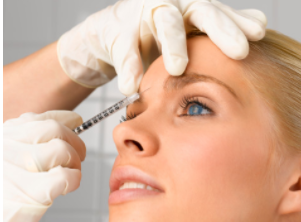
The use of BOTOX in the treatment of migraine and tension-type headaches was completely coincidental; In the 1990s, an ENT Specialist, Dr. It emerged when Binder determined that the headaches of his patients who had wrinkle treatment also went away. Studies and applications have shown that BOTOX reduces the severity of migraine and tension-type headaches and significantly reduces the frequency of attacks. Migraine, which is very common today, causes great distress and torment, disconnects people from their social life and causes a serious loss of workforce, is diagnosed by neurologists, Algologists, and drug treatment is started. Patients who do not benefit from drug therapy or who do not want to use drugs continuously can now consider BOTOX among their treatment options. As a result, although BOTOX is a drug treatment, it provides a great advantage over drug treatment due to its 3-6 months of action and a younger appearance for the patients who are applied. In addition, since the effect of Botox on nerve endings can be evaluated in patients with very successful results with BOTOX, migraine surgery, which provides definitive treatment, can be recommended for these patients.
The effect of BOTOX on migraine is as follows: Nerve compressions that cause migraine occur in the nerves under the skin, above the eyebrows, inside the nose and in the nape region. Since these nerves are relaxed with BOTOX in forehead stretching and wrinkle treatments, migraine is also treated at the same time. Again, on the contrary, patients whose migraine treatment is treated with BOTOX have an aesthetically youthful appearance in the forehead and temple areas, which is the superiority of Botox over other drug treatments.

